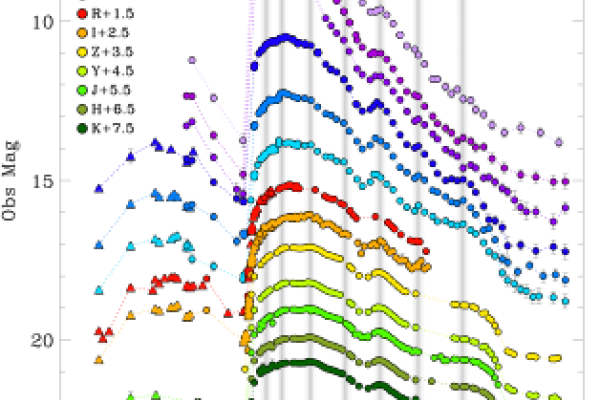
Astronomical Transients that Defy all Classifications Schemes
Rafaella Margutti - Northwestern University
Observations are drawing a complex picture of the latest stages of massive stars evolution and their explosions. In this seminar I concentrate on two among the least understood aspects of stellar evolution, adopting an observational perspective: How do massive stars lose a significant fraction of their mass in the years preceding the explosion? What powers the most luminous stellar explosions in our Universe? I address these questions by taking advantage from panchromatic observations of two remarkable transients: (i) the “normal” envelope-stripped SN2014C, which experienced a dramatic metamorphosis and evolved from Type I into Type II supernova over a timescale of a few months, thus violating the supernova classification scheme that hat has existed for decades. (ii) I will then describe the recent results from our efforts to constrain the energy source of Super-Luminous SNe, with a case study of the “bactrian” transient ASASSN-15lh, which might be the first element of an entirely new class of transients.
Coffee and Donuts will be served at 2:00pm in 4054 McPherson Lab.
